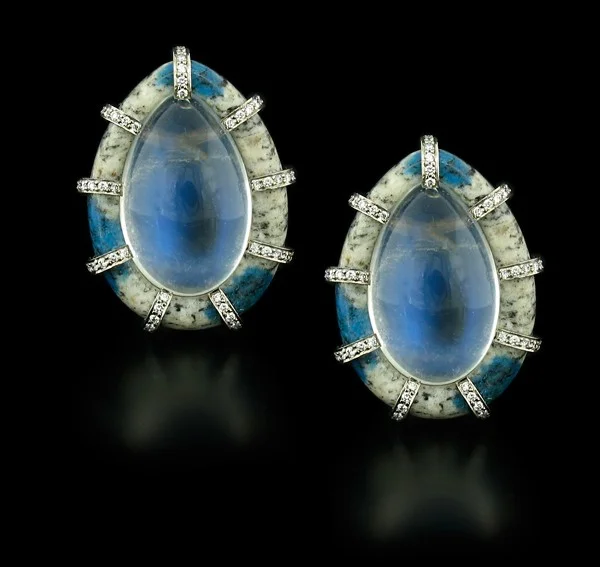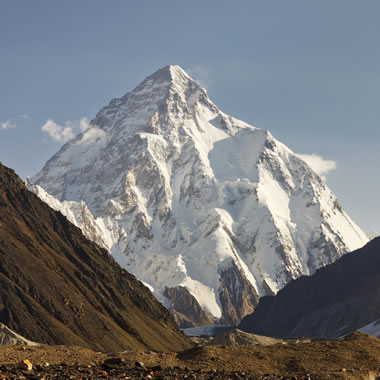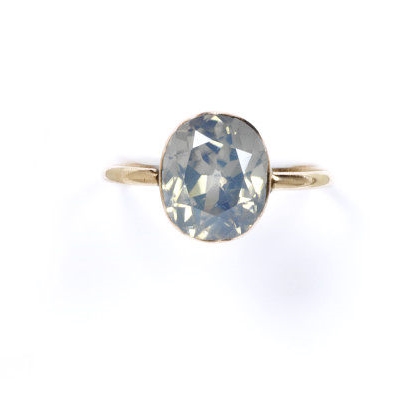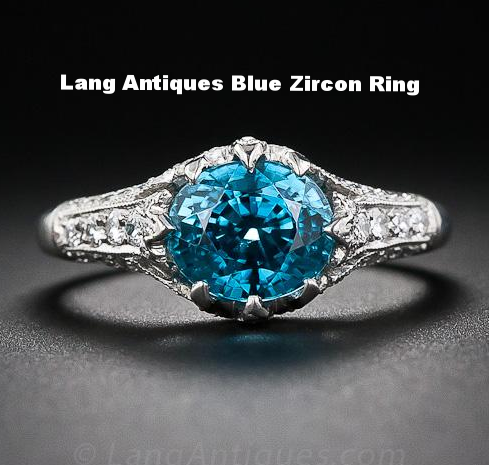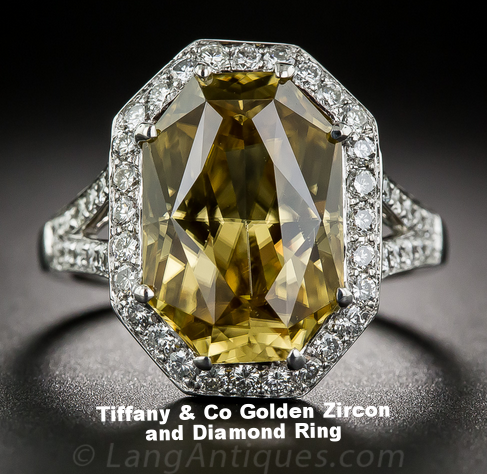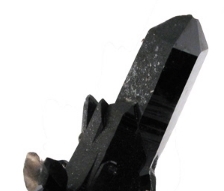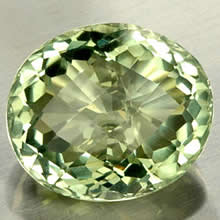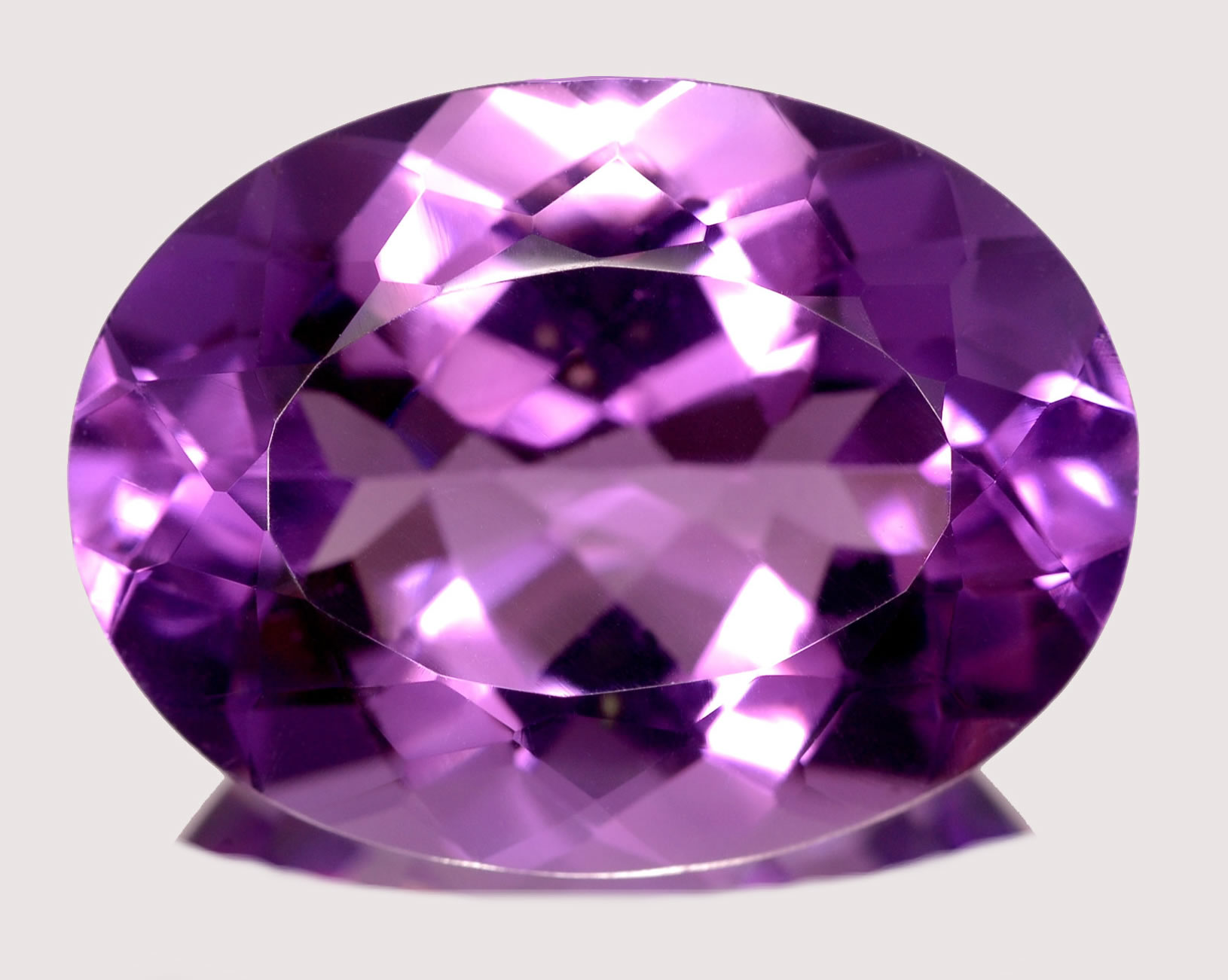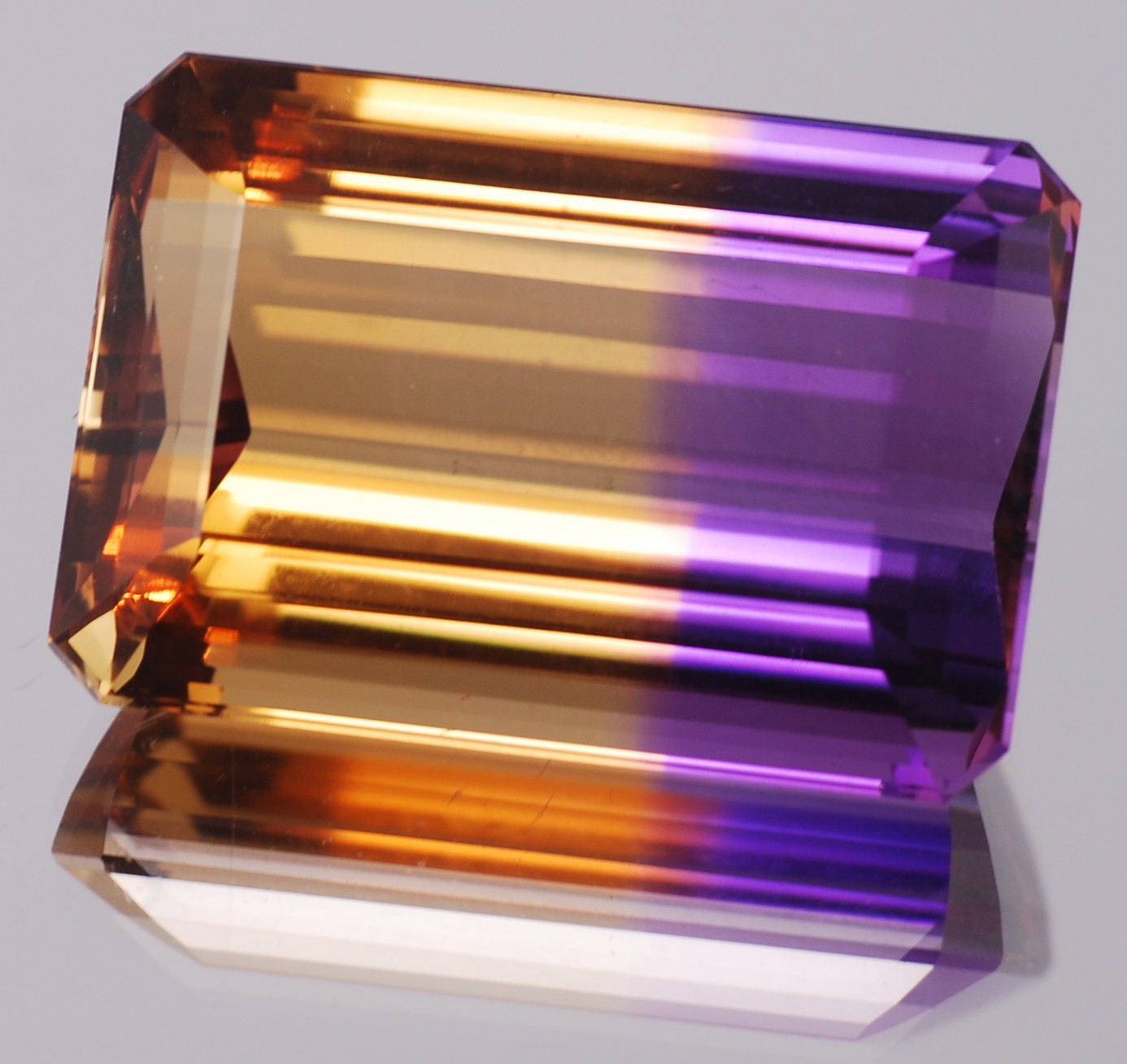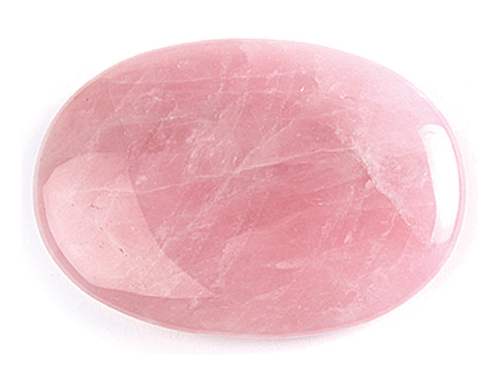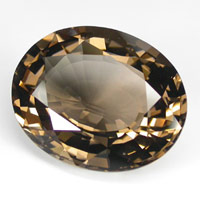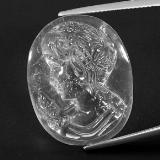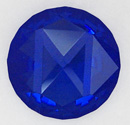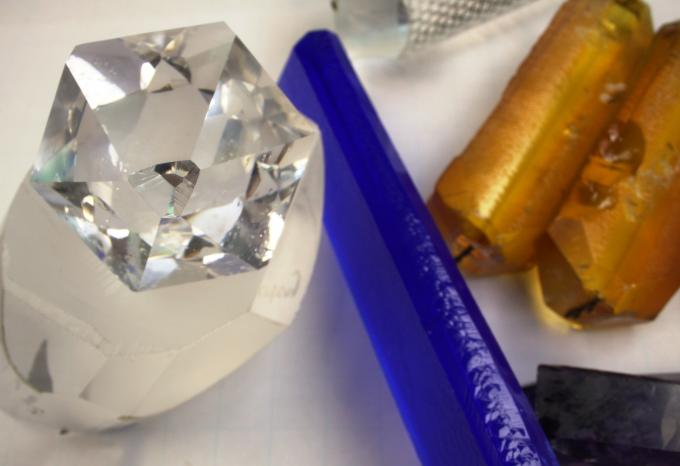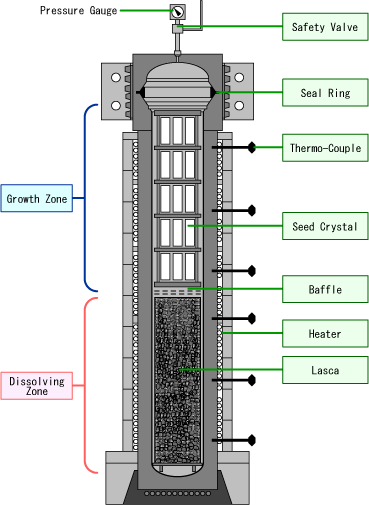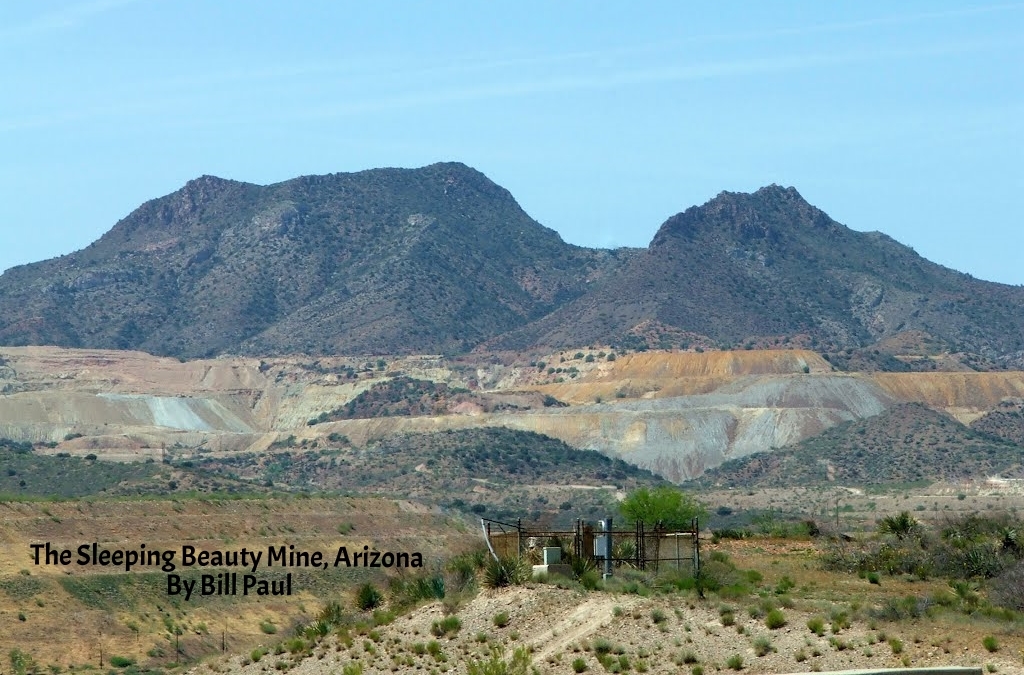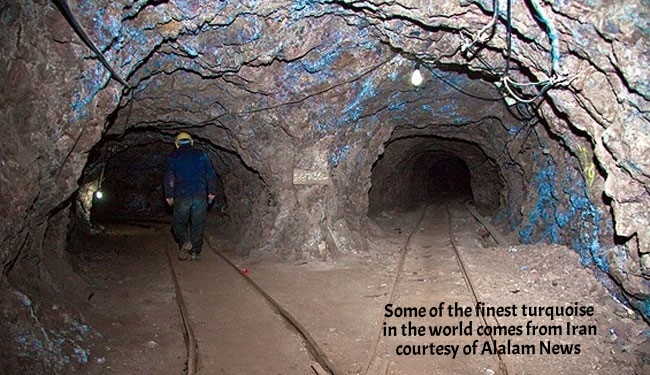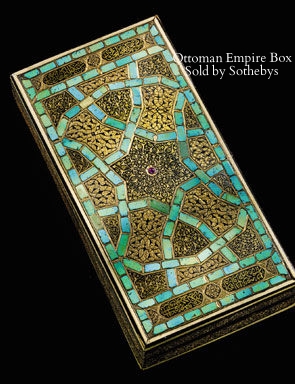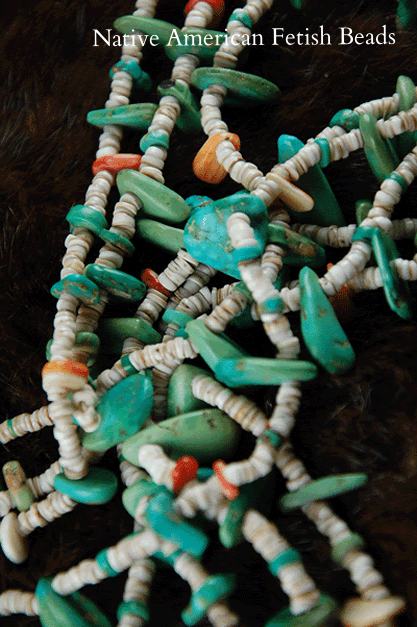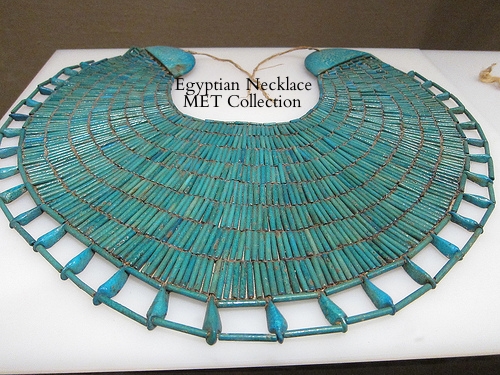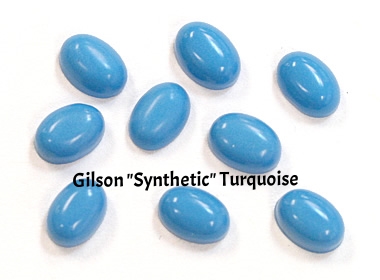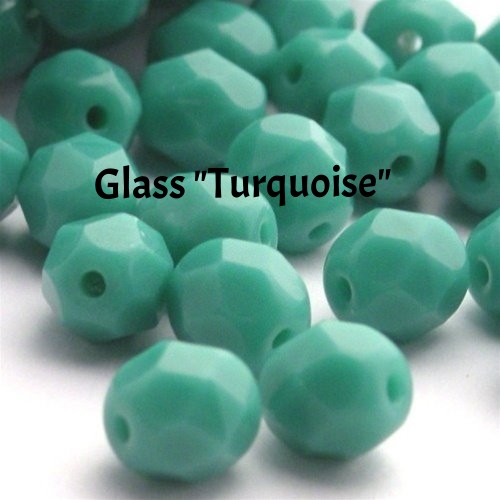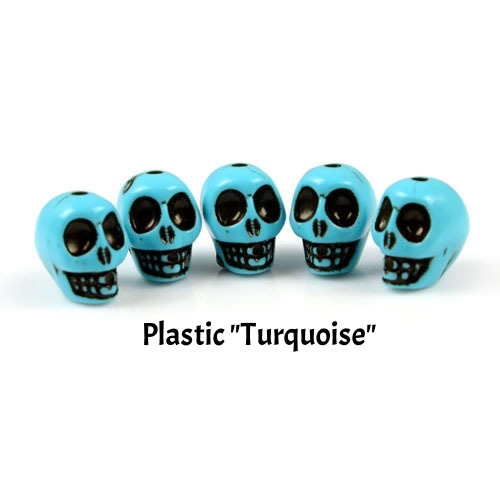Peridot
/The largest cut peridot olivine is a 310 carat specimen in the Smithsonian Museum in Washington, D.C. Photo courtesy of the Smithsonian Museum
Welcome to August and a very happy birthday to all of the August babies out there! You have two great birthstones peridot and sardonyx. Here is a little about peridot.
Peridot is gem-quality olivine. Olivine is a silicate mineral and has a mohs hardness of 6.5-7. This is almost smacked dab in the middle of this hardness scale so don’t be afraid to wear it in any type of jewelry.
Olivine in general is a very abundant mineral, but gem quality peridot is rather rare. Peridot olivine is mined in Arkansas, Arizona on the San Carlos Reservation, Hawaii, Nevada, and New Mexico at Kilbourne Hole, in the US; and in Australia, Brazil, China, Egypt, Kenya, Mexico, Myanmar (Burma), Norway, Pakistan, Saudi Arabia, South Africa, Sri Lanka, and Tanzania.
Peridot ranges in color from yellow, to yellow-green, olive-green, to brownish, sometimes a lime-green, to emerald-ish hue.
Photo courtesy of Bonhams
This late 19th century peridot necklace, was sold by Bonhams Auction House in 2011.


